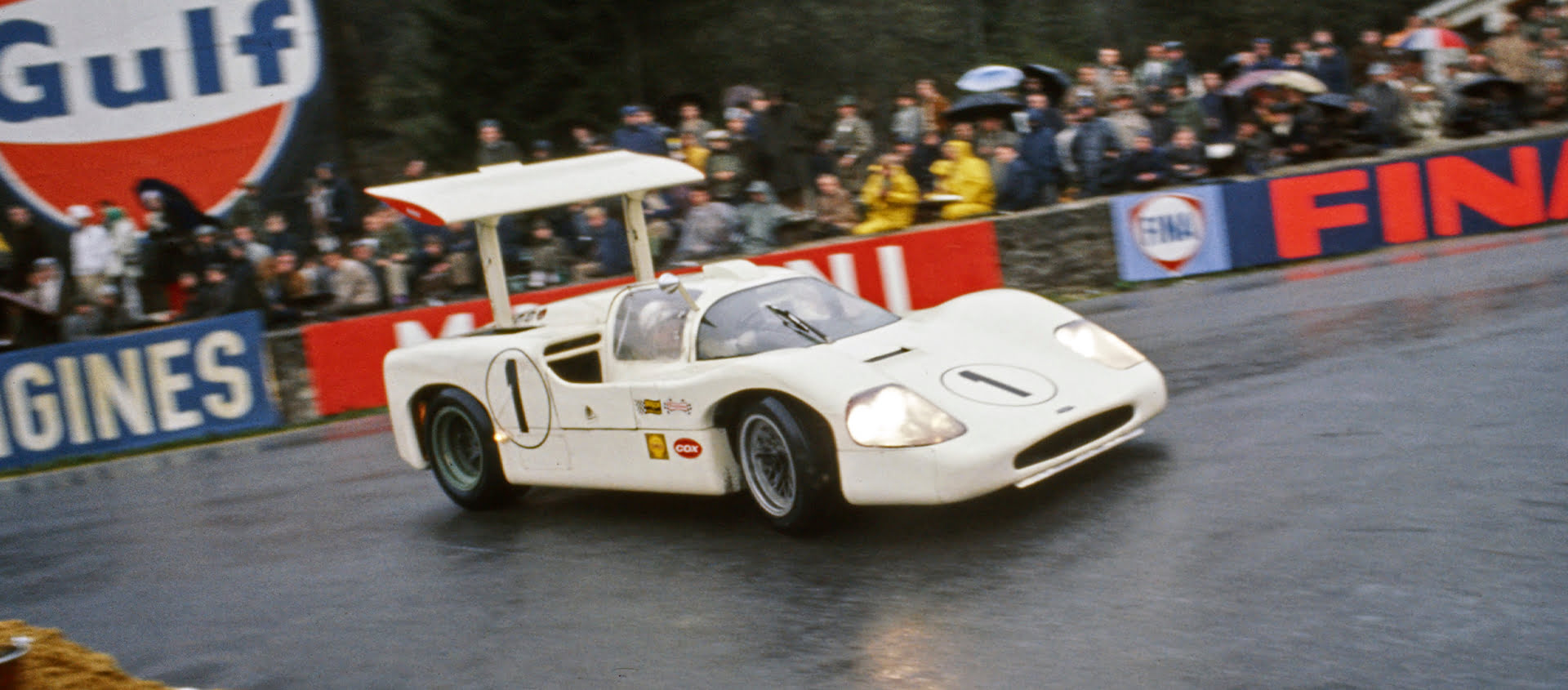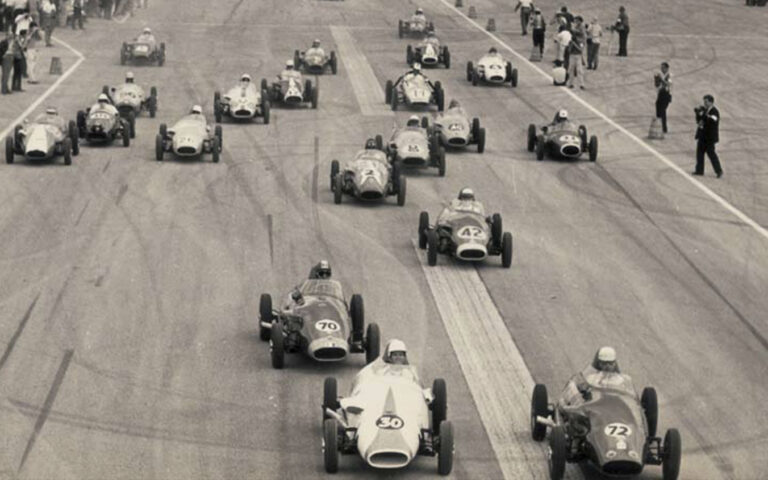Forgotten Legends Chaparral
08 October 2022 3 min min read 6 images

Jim Hall is part of a very small group of racing engineers who brought important and long-lasting evolutions to the world of motor sport. The son of a family of American oil producers, Jim Hall started out as a driver before becoming a manufacturer, which gave him plenty of opportunities to exploit a close relationship with the technical management of GM.
Register to unlock this article
Signing up is free and gives you access to hundreds of articles and additional benefits. See what’s included in your free membership. See what's included in your free membership.
Already have an account? Log In


